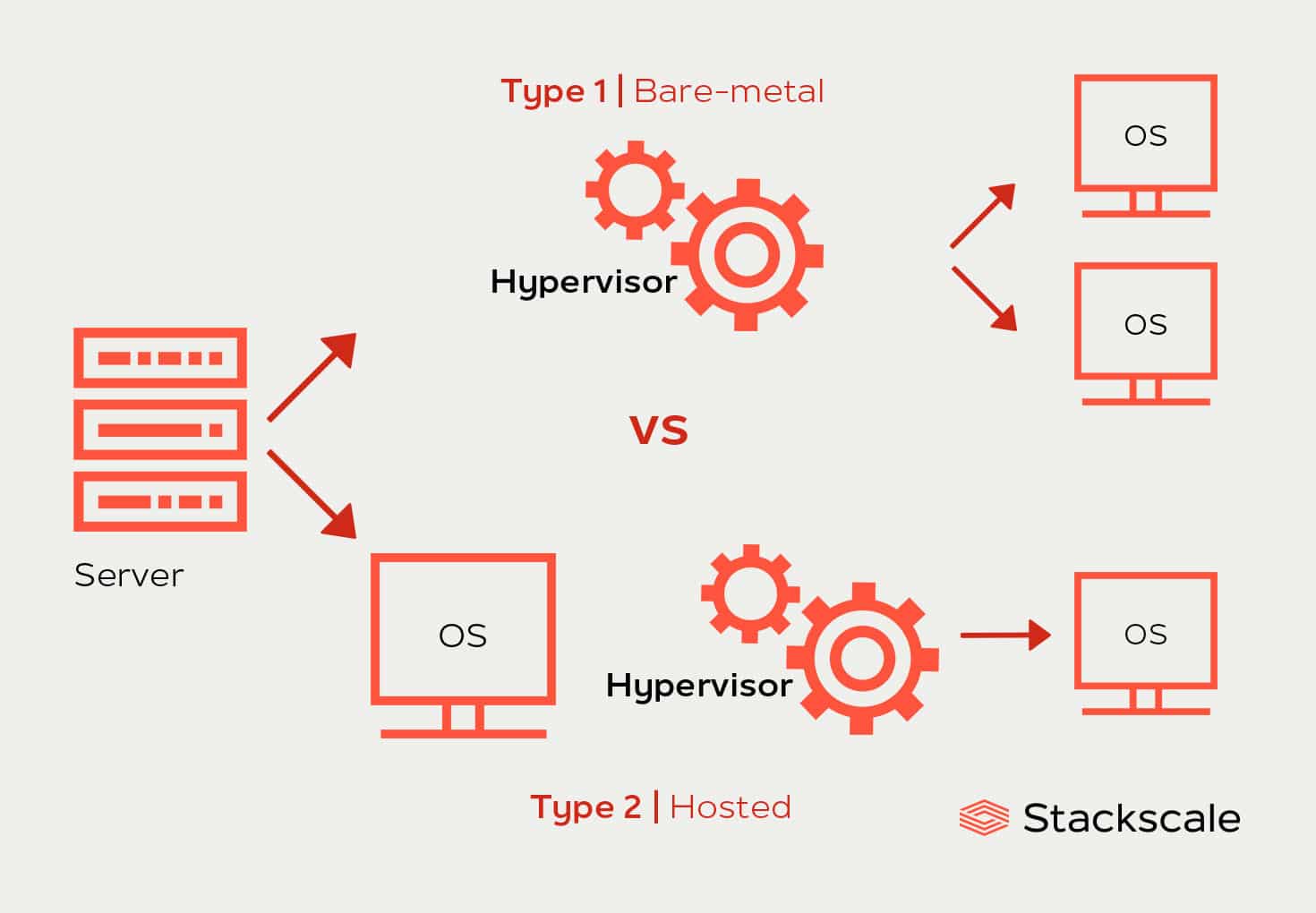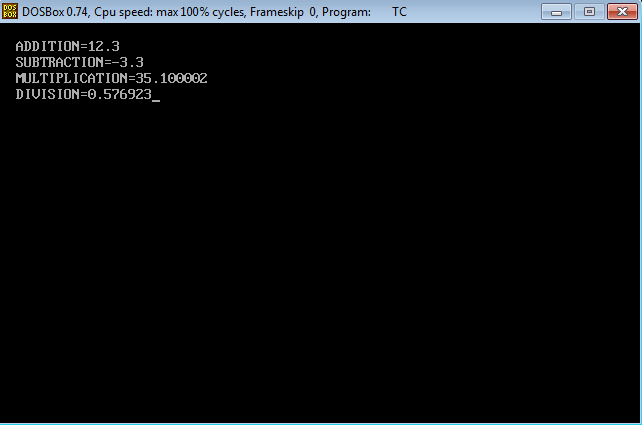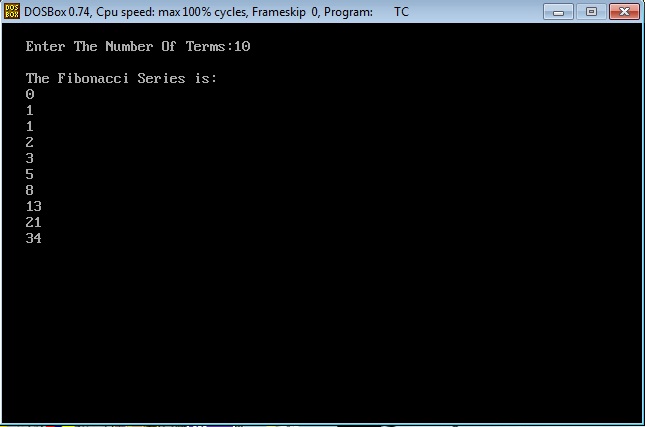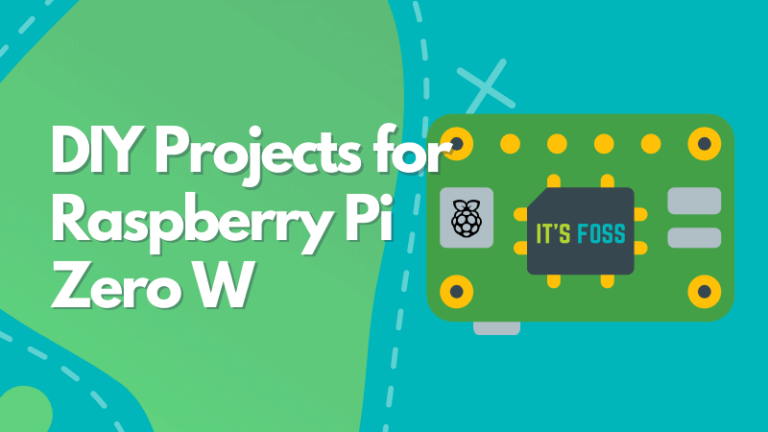
Hypervisors are an essential part of the technology supporting cloud computing. There are two types of hypervisors — bare-metal and hosted, and numerous solutions in the market. In this post we are going to cover both types, including a list of well-known hypervisors — both commercial and open-source. But let’s start by defining what a hypervisor is.
What is a hypervisor?
The term “hypervisor”, coined in the 70s, was born from another term traditionally used to refer to the kernel of an operating system (OS): “supervisor”. By using the prefix “hyper-”, the “hypervisor” is considered the supervisor of “supervisors”. A hypervisor, also known as a Virtual Machine Monitor (VMM), is a layer of virtualization software that allows the creation and running of several virtual machines within a single server, as well as different operating systems. The server where the hypervisor runs one or more virtual machines is commonly known as a “host machine”, while each individual VM is commonly known as a “guest machine”.
Hypervisors are in charge of separating the resources of the virtual machine from the hardware system and of distributing them properly. As an essential part of the technology supporting the cloud, hypervisors make the migration to the cloud easier, enabling the reduction of hardware expenditures and the increase of accessibility and scalability inherent to the cloud.
Types of hypervisors
According to Gerald J. Popek and Robert P. Goldberg, as specified in their article Formal Requirements for Virtualizable Third Generation Architectures from 1974, there are two types of hypervisors. Although the distinction between both types is not always completely clear.
Type-1: bare-metal or native hypervisors
Type-1 or bare-metal hypervisors, also known as native hypervisors, run directly on the server. Bare-metal hypervisors manage guest operating system/s. Here are some examples of open source and commercial bare-metal hypervisors:
- Open source bare-metal hypervisors: KVM, Proxmox and Xen.
- Commercial bare-metal hypervisors: Red Hat Enterprise Virtualization (RHEV), Citrix XenServer, Hyper-V and VMware ESXi.
This type of hypervisors is the most commonly deployed for data center computing needs. In general, this type of hypervisors perform better and more efficiently than hosted hypervisors.
Type-2: hosted or client hypervisors
Type-2 or hosted hypervisors, also known as client hypervisors, run as a software layer on top of the OS of the host machine. They are used to abstract guest operating systems from the host OS. Here are some examples of open source and commercial hosted hypervisors:
- Open source hosted hypervisors: QEMU and VirtualBox.
- Commercial hosted hypervisors: Parallels Desktop, VMware Workstation Player and VMware Fusion.
List of bare-metal hypervisors
VMware ESXi
VMware ESXi or VMware ESXi Hypervisor, formerly VMware ESX, is an enterprise-class, bare-metal hypervisor part of VMware’s vSphere virtualization suite. It includes its own kernel and other vital OS components. It was renamed from VMware ESX to VMware ESXi in version 4.1 in 2010.
Developer: VMware.
License: proprietary.
Latest version: VMware ESXi 8.0.
More details on VMware’s ESXi webpage.
OpenStack
OpenStack is a free, open source cloud platform, deployed both in public and private clouds. It was first developed by Rackspace Hosting and NASA in 2010.
Developer: Open Infrastructure Foundation and community.
License: Apache License 2.0.
Latest version: OpenStack Zed.
More details on OpenStack’s website.
KVM
KVM, short for Kernel-based Virtual Machine, is a virtualization module within the Linux kernel allowing it to work as a bare-metal hypervisor. KVM was developed by Avi Kivity at Qumranet (a tech startup company that would be acquired by Red Hat in 2008) in mid-2006 and it was merged into the mainline Linux kernel in 2007 (version 2.6.20).
Developer: The Linux Kernel community.
License: GNU GPL or LGPL.
More details on Linux KVM’s website.
LXC
LXC, short for Linux Containers, is an open source OS-level virtualization platform designed for developing Linux container technologies.
Developer: Virtuozzo, IBM, Google, Eric Biederman and others (kernel); Daniel Lezcano, Serge Hallyn, Stéphane Graber and others (userspace).
License: GNU GPL v2.1.
Latest version: LXC 5.0.1.
More details on Linux Containers website.
Proxmox VE
Proxmox VE (PVE), short for Proxmox Virtual Environment, is an open source virtualization platform based on Debian. It supports both container-based virtualization with LXC and full virtualization with KVM.
Developer: Proxmox Server Solutions.
License: GNU AGPL v3.
Latest version: Proxmox VE 7.3.
More details on Proxmox’s website.
Red Hat Enterprise Virtualization (RHEV)
RHEV, short for Red Hat Enterprise Virtualization, is an enterprise virtualization platform based on KVM.
Developer: Red Hat.
Latest version: RHEV 4.4.
More details on Red Hat’s RHEV web page.
Hyper-V
Hyper-V or Microsoft Hyper-V is a bare-metal hypervisor, developed by Microsoft.
Developer: Microsoft.
More details on Hyper-V’s Wikipedia page.
XEN
XEN or XEN Project is a bare-metal hypervisor originally developed by the University of Cambridge’s Department of Computer Science and Technology (former Computer Laboratory), led by the senior lecturer Ian Pratt and his PhD student Keir Fraser, in 2003. XEN is currently developed and maintained by the Linux Foundation with support from companies such as Intel, Citrix and AMD.
Developer: Linux Foundation with support from some companies.
License: GNU GPL.
Latest version: Xen 4.17.
More details on XEN Project’s website.
Citrix Hypervisor
Citrix Hypervisor, formerly known as Citrix XenServer, is Citrix’s bare-metal hypervisor based on XEN.
Developer: Citrix.
More details on Citrix’s Hypervisor web page.
List of hosted hypervisors
VMware Workstation Player
VMware Workstation Player, formerly VMware Player, is a hosted hypervisor for running virtual machines on Microsoft Windows or Linux PC. VMware Player and VMware Workstation were combined within a single package in 2015. It has a free version for non-commercial, personal use and a commercial license for commercial organizations.
Developer: VMware.
License: proprietary.
Latest version: VMware Workstation 17.0 Player.
More details on VMware’s Workstation Player webpage.
VMware Fusion
VMware Fusion is a desktop hypervisor for running virtual machines on Mac OS.
Developer: VMware.
License: proprietary.
Latest version: VMware Fusion 13.
More details on VMware Fusion’s webpage.
VirtualBox
VirtualBox or Oracle VM VirtualBox, formerly known as Innotek VirtualBox, Sun VirtualBox and Sun xVM VirtualBox, is a free, open source hosted hypervisor. It was originally created by Innotek, which was later acquired by Sun Microsystems in 2008 (acquired by Oracle in 2010).
Developer: Oracle Corporation.
License: GPLv2 and proprietary license.
Latest version: VirtualBox 7.0.
More details on VirtualBox’s website.
Parallels Desktop
Parallels Desktop is a hosted hypervisor that allows running Windows on Mac without rebooting.
Developer: Parallels.
License: Proprietary.
Latest version: Parallels Desktop 18.
More details on Parallels’ website.
QEMU
QEMU is a free, open source hosted hypervisor, originally written by Fabrice Bellard and licensed under the GNU General Public License. It is currently developed and maintained by the QEMU team. QEMU can be used as a machine emulator and as a virtualizer.
Developer: QEMU team: Peter Maydell and others.
License: GPLv2 and other licenses.
Latest version: QEMU 7.2.0.
More details on QEMU’s website.
Regardless of the type of hypervisor, to keep virtualized resources exclusive, we recommend companies to opt for bare-metal servers or private cloud environments.



![How to Record Your Screen with VLC [For Fun]](https://linuxpunx.com.au/wp-content/uploads/2023/10/how-to-record-your-screen-with-vlc-for-fun-25-768x432.png)


